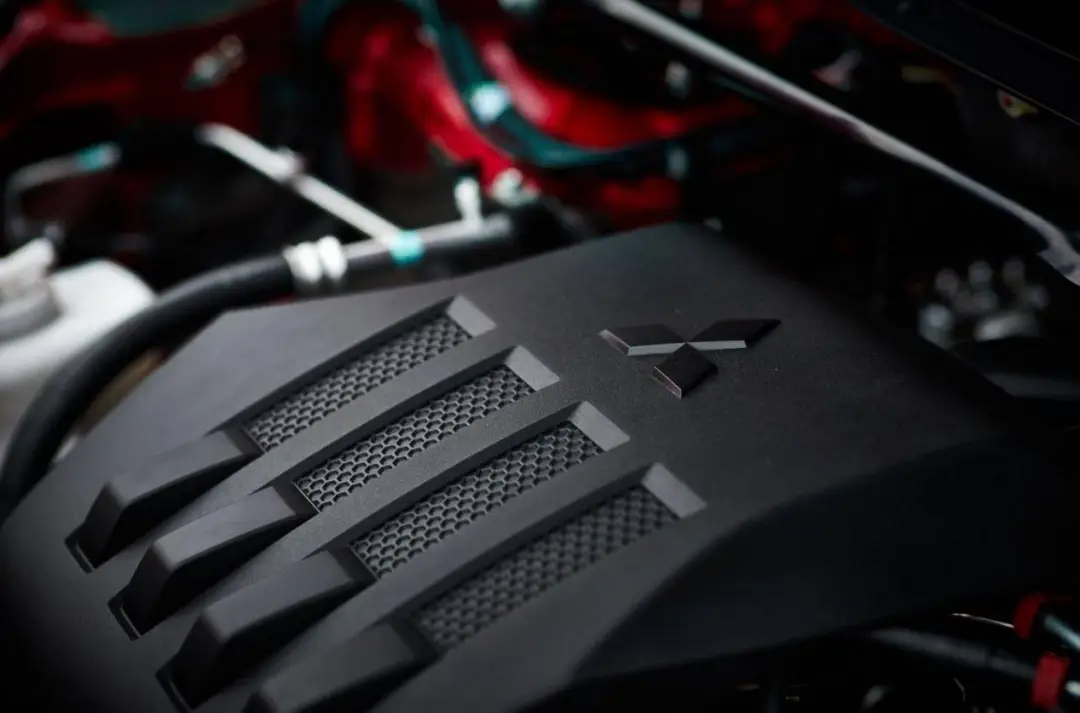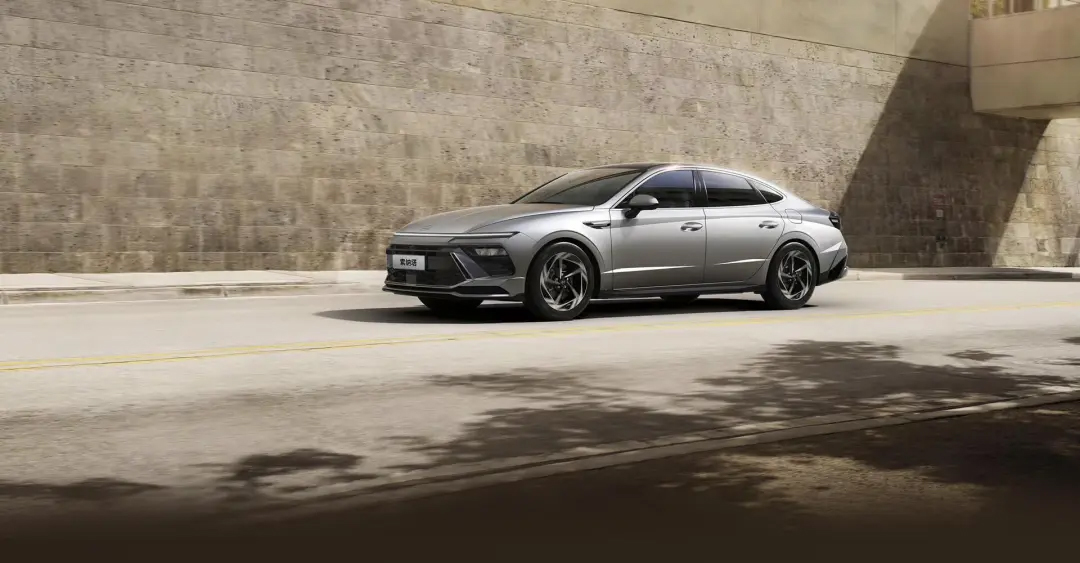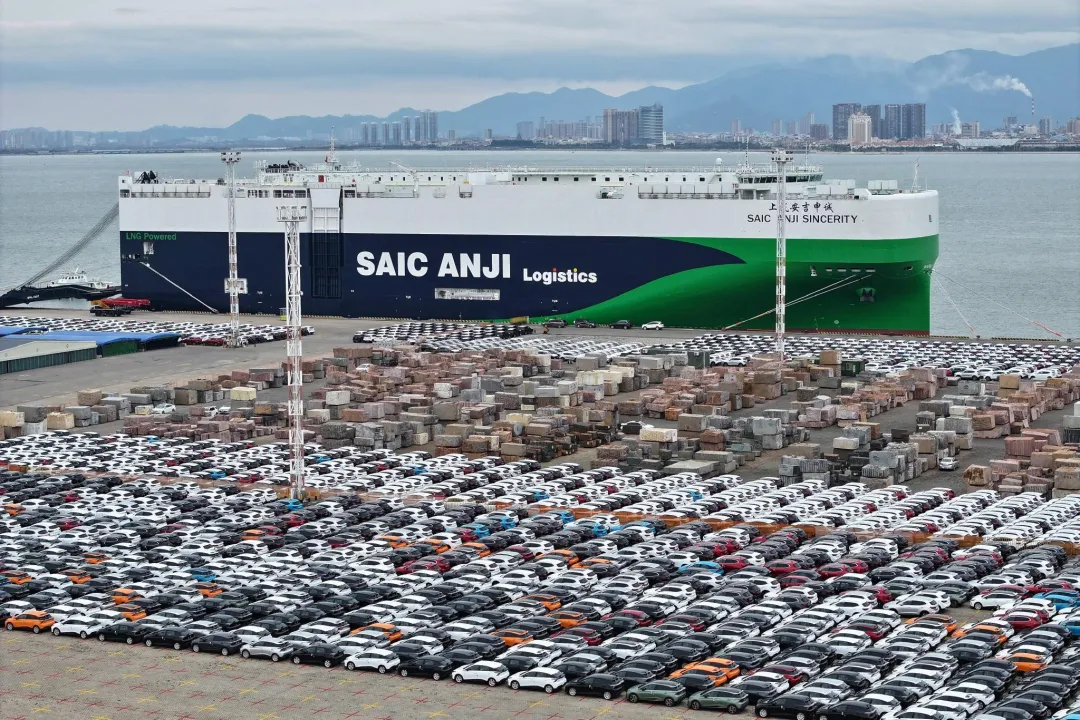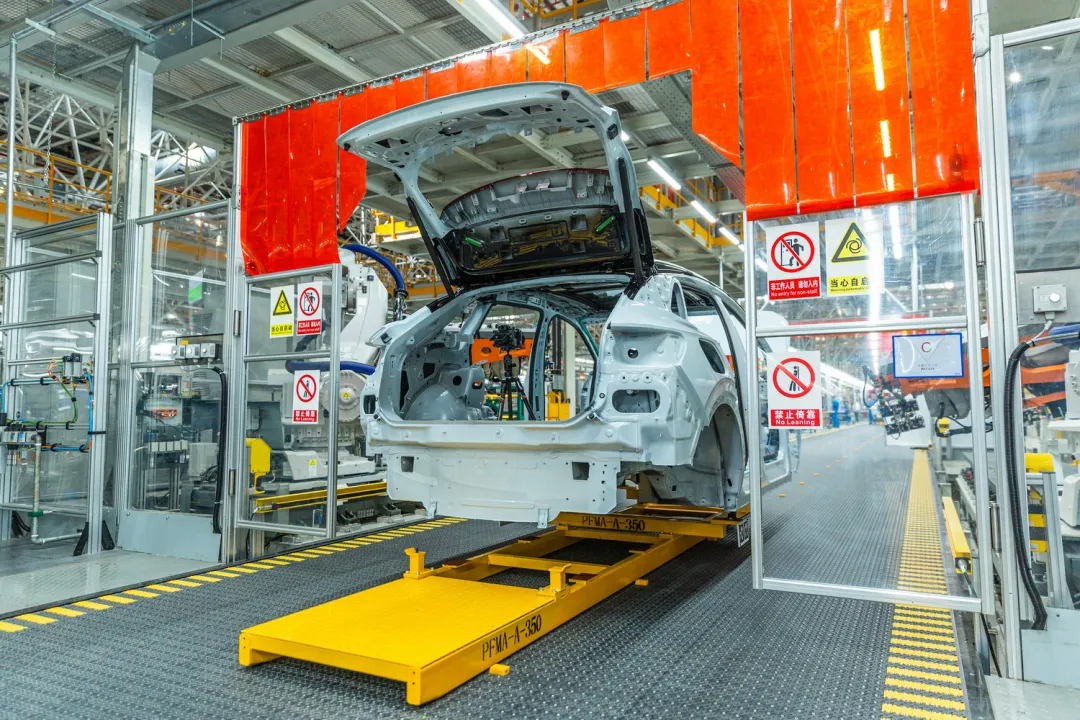The car market is in turmoil, and there is no winner in the price war
- 27 August, 2024
The Beijing Auto Show is about to be held. Not surprisingly, after being dormant in the past few years, this time in Beijing, China's automobile industry will reveal another danger.
The tension between traditional large manufacturers and latecomers will not be alleviated as the industry transforms and enters the development stage. Through observation in the past few months, the market competition will be further exposed to the outside world through a scene of tense situations. of cruelty.
From the known information, it is not difficult to see that almost all manufacturers will bring their own blockbuster new cars, either focusing on new market segments or upgrading and iterating existing models. This Beijing Auto Show is very lively. Will not lose to Shanghai in 2023.
In this regard, compared with the two hostile Chinese companies, what kind of attack ideas will be given, which is related to the life and death of the joint venture, will definitely become a hot topic again.

Many times, countless people believe that the future Chinese auto market is destined to drive away joint venture brands that are not enterprising. In fact, the departure of brands such as Renault, Jeep, and Mitsubishi indeed proves that more and more overseas car companies are beginning to fail to keep up with the pace of change in the Chinese market.
Not long ago, BYD Chairman Wang Chuanfu also pointed out at the 2023 Financial Report Investor Communication Meeting, “In the next three to five years, the market share of joint venture brands will be significantly reduced from the current 40% to 10%, and among them 30% will be filled by Chinese brands.”
Regardless of the standpoint from which this statement is made, I believe that the difficult situation of joint ventures in China is the most significant current industry situation.
In order to make a living, and to maintain their own reputation, even if they are as powerful as Volkswagen, they can no longer produce any decent electric cars at the Beijing Auto Show. But today, they have gone from bowing their heads to learn from Chinese companies one by one, to simply co-developing new cars with them, and at the Beijing Auto Show. As a node, each joint venture brand must give an answer immediately. From now on, the voice of China's auto market will definitely switch.
Either bow your head or sit back and wait to be marginalized
Since the market has gradually become differentiated in the wave of transformation, how huge are the challenges brought by the rise of Chinese car companies?

The weak brands that have fled China have already conveyed to us the most authentic aspects. Hyundai, which frequently sells off its sales, and brands such as Chevrolet and Skoda, which are gradually being forgotten by the market, are also revealing to the outside world the hidden murderous intent of the Chinese auto market with their deteriorating performance.
Throughout last year, the final result of the decline in sales of leading joint ventures including SAIC Volkswagen, SAIC-GM, Guangqi Honda, Dongfeng Nissan, etc. was that the market trend that was controlled by joint venture brands in the past has undergone qualitative changes. The market share has dropped below 50% and is still shrinking. I can only lament that the butcher knife of this era is too sharp.
Now, when many of these brands begin to hesitate whether to go to Beijing, and those who do, they can only come up with some new cars with mediocre products, such as Tiguan PRO, new Magotan, Equinox Plus, etc., everything is becoming more and more... Verified the judgment given by the outside world.
Will 2024 be the beginning of a collective downward trend for joint venture brands?
With such questions, some people will try to find answers in Beijing. But in general, in this new era, all joint venture efforts are no longer disruptive. If you want to survive, bowing to consumers, putting aside the so-called global perspective, and placing the bridgehead of development in China is almost the only option.

Previously, after feeling the turmoil in the market, Chinese consumers continued to describe all new electric cars produced by major manufacturers as "no-brands." Volkswagen was the first to price-kill its ID. series. Toyota found out after the failure of bZ4X Cooperation with Chinese companies such as BYD has achieved results in the later stages.
Now, instead of spending a lot of money on electric vehicles that are not suitable for Chinese users, continuing to strengthen the linkage with Chinese companies is a more cost-effective operation.
At the beginning of April, a car blogger broke the news that "one of the three Japanese aunties will be participating in Huawei Smart Driving." Given that the blogger's information has always been accurate, as soon as the news came out, no matter what the outside world judged, at least the cooperation with Huawei on smart driving confirmed that some foreign car companies have lowered their arrogant heads.
"It's not that joint venture brands can't make electric cars, it's just that the things they make are no fun at all and can't bring a sense of freshness and future to Chinese consumers."
I don’t know how many people have discovered that, for example, the FAW-Volkswagen ID.7 VIZZION has been on the market for so long, and the sister car SAIC-Volkswagen ID.7S has not entered the market yet. To be honest, regardless of whether the latter can give an appropriate explanation, I would like to think that this is because I was frightened by the sluggish sales of ID.7 VIZZION after it was launched.

So, don’t say anything else, just take this most authentic market feedback. Which joint venture brand can still control the Chinese market by itself?
At this Beijing Auto Show, we will also see Changan Mazda launch a new new energy mid-size sedan EZ-6, which has learned from Deep Blue's technology, Honda's localized new pure electric car e:NP2/S2, and the newly released electric brand "Ye" "Will officially debut..."
These operations that were unimaginable before can appear so intensively. It can be seen that this year's market changes have still hurt the hearts of most joint venture brands.
The Chinese market is no longer a region that can be mastered by relying on outdated products. Even in a sense, at this juncture, it is not an excessive thing to separate the global business and the Chinese business. After all, with the Beijing Auto Show as an inflection point, who will live better and who will decline will soon be known.
In the end, no one is the winner
Throughout the first quarter, according to data from the China Automobile Association, my country's passenger car production and sales completed 5.609 million units and 5.687 million units respectively, a year-on-year increase of 6.6% and 10.7% respectively. At the same time, during this period, the sales volume of Chinese brand passenger cars reached 3.392 million units, a year-on-year increase of 26.4%, and the market share reached 59.6%, a year-on-year increase of 7.4 percentage points.

Next, will the share of joint venture brands in the Chinese market really shrink to 10%? Will independent car companies launch a comprehensive campaign to completely seize the right to speak?
Now it seems that the answer is not that extreme, but the trend is still very obvious. Even though the Beijing Auto Show still brings together most of the joint venture car companies in China, they are also forced by the market to learn from Chinese car companies. Volkswagen, Toyota, Honda, etc. have all wisely come up with some current results. , or the official announced that it will strengthen linkage with Chinese technology companies.
However, judging from the current speed of market changes, apart from these joint ventures with certain brand stickiness, it is really difficult to predict a promising future for brands like Hyundai and Kia. The new products they launch are either not universally applicable, or they appear to be for export only.
Therefore, in this market environment, rather than analyzing the future development status of the joint venture, the replacement of old and new brands among Chinese brands is obviously more worthy of outside attention.
As for the most interesting area of this auto show, some people have already pointed the topic at the W2 exhibition hall.

In terms of the psychology of spectators, they must be looking forward to some new "stories" happening between Xiaomi and Zhiji, Xiaomi and Jiyue, Xiaomi and the entire Dajie. Whether you say this is a civil war among Chinese car companies, or a transfer of power that will inevitably occur in the industrial transformation today, on a practical level, this will be the focus of everyone's attention in the next period of time.
"The current new energy industry has entered a critical stage of elimination, and the next 2024 to 2026 will be a decisive period for scale, cost and technology."
In fact, as the market has reached today, we can definitely conclude that the protagonists of the knockout rounds no longer fall solely on joint ventures and independent companies, or on traditional car companies and new forces. Any car company that fails to keep up with the market and survive the price war will fall into its darkest moment in 2024.
Gaohe, which was suddenly shut down at the beginning of the year, is still looking for a new player that can save it, but it is gradually forgotten by people as time goes by. Then think about it, what kind of kindness can the Chinese auto market have to leave enough buffer time for a certain company.
Recently, there have been waves of wars surrounding Xiaomi cars. In order to gain traffic, major independent manufacturers have pushed their leaders to the forefront of public opinion. Which behavior does not prove that this fierce battle in the auto market has reached a fierce stage. Once you get there, everything will be fine. If you can't get there, restlessness will become the norm.

As we all know, with the price war going on until now, every link in the industry chain is exhausted. OEMs, suppliers, dealers, no one is holding on. To put it bluntly, when users' willingness to consume has been almost eliminated by this endless price war, the relationship between whether to buy a car and the price has already undergone a subtle chemical reaction.
"The growth of the automobile industry in the first quarter of this year was largely affected by the low base in the same period last year. In fact, consumers' wait-and-see sentiment is still very strong."
The Automobile Association of China has also expressed concerns about the current shortage of domestic demand in the automobile industry, and pointed out that the current profit margin of the automobile industry is already low and is showing a further "lowering" trend. What other excuse is there to say that with the advent of electrification, the future of China's auto market will be prosperous?
To the end of this war, no matter whether the joint venture brand surrenders market dominance or whether the replacement of old and new forces is thorough enough, the memory left to everyone will be painful.
(Original title: "The auto market continues to fight, and no one can have an easy time | New energy overcomes the calamity")










0 Comments